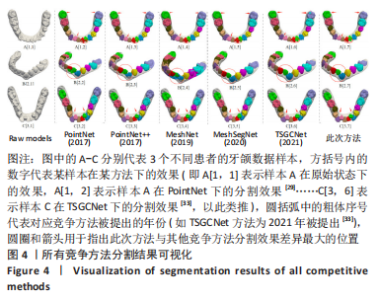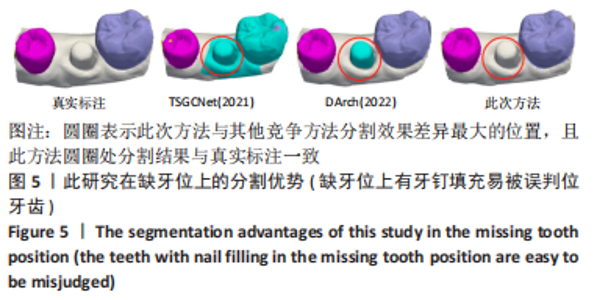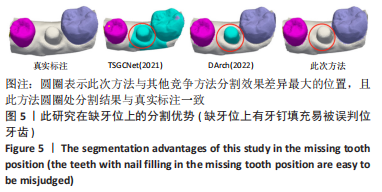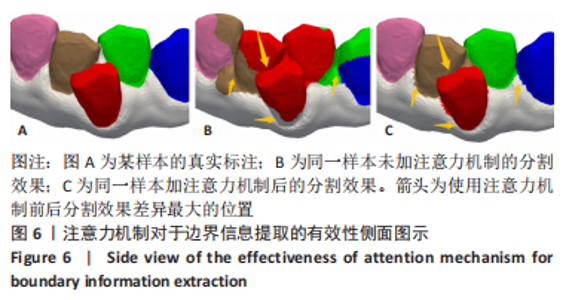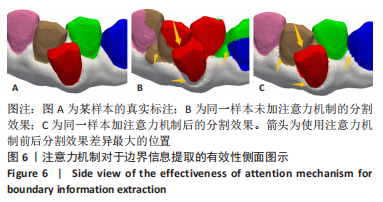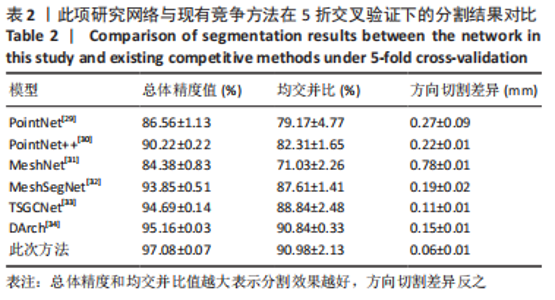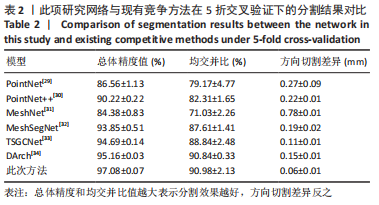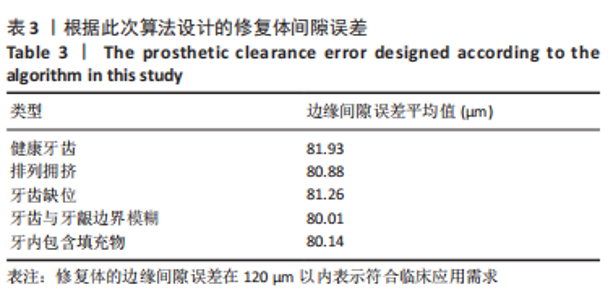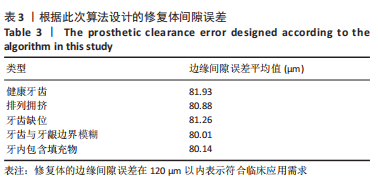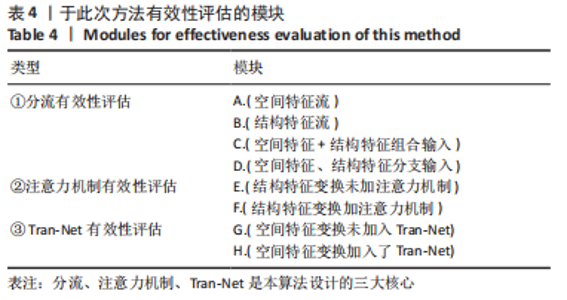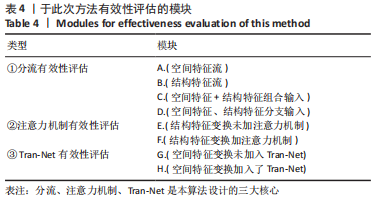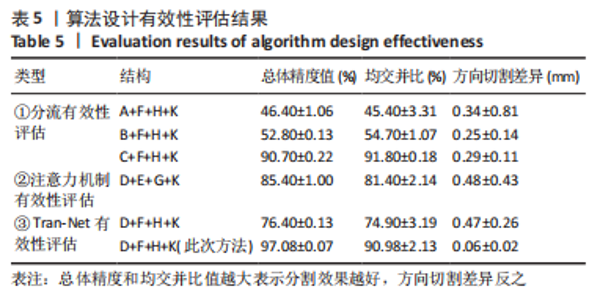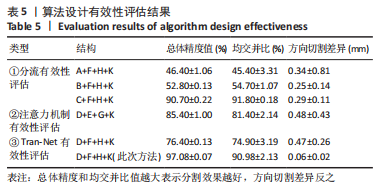[1] 花超超,张荣和. 3D 打印在口腔正畸临床诊疗中的应用进展[J].口腔医学研究,2019,35(9):833.
[2] 施伟文. 口腔不良习惯与错颌畸形关系的相关性研究[J].当代医学, 2011,17(11): 62-63.
[3] ZHANG M, MCGRATH C, HÄGG U. The impact of malocclusion and its treatment on quality of life: a literature review. Int J Paediatr Dent. 2006;16(6):381-387.
[4] GRANJA GL, BERNARDINO VMM, DE LIMA LCM, et al. Orofacial dysfunction, nonnutritive sucking habits, and dental caries influence malocclusion in children aged 8-10 years. Am J Orthod Dentofacial Orthop. 2022;162(4):502-509.
[5] 范永晶,金武龙,王淑敏,等. 234 颗多生牙临床特征及继发影响分析[J].中国口腔颌面外科杂志,2022,20(3):257-262.
[6] 马建斌, 薛超然, 白丁.人工智能技术在口腔正畸诊疗中的应用研究进展[J].口腔疾病防治,2022,30(4):278-282.
[7] 张凌明,赵悦,李鹏程,等.基于局部注意力机制的三维牙齿模型分割网络[J].电子学报,2022,50(3):681-690.
[8] LEE JH, HAN SS, KIM YH, et al. Application of a fully deep convolutional neural network to the automation of tooth segmentation on panoramic radiographs. Oral Surg Oral Med Oral Pathol Oral Radiol. 2020;129(6): 635-642.
[9] NYIRJESY SC, HELLER M, VON WINDHEIM N, et al. The role of computer aided design/computer assisted manufacturing (CAD/CAM) and 3-dimensional printing in head and neck oncologic surgery: A review and future directions. Oral Oncol. 2022;132:105976.
[10] LIU L, YUAN S, ZHANG W, et al. Development and assessment of an online virtual orthodontic curriculum. J Dent Educ. 2022;86(5): 509-516.
[11] KAN TS, CHENG KJ, LIU YF, et al. Evaluation of a custom‐designed human–robot collaboration control system for dental implant robot. Int J Med Robot. 2022;18(1):e2346.
[12] 汪玲, 蔡立宏, 练其武, 等. 数字化设计与3D打印在自体牙移植术的应用[J].口腔疾病防治,2022,30(4):272-277.
[13] YILMAZ B, MARQUES VR, DONMEZ MB, et al. Influence of 3D analysis software on measured deviations of CAD-CAM resin crowns from virtual design file: An in-vitro study. J Dent. 2022;118:103933.
[14] 吴烨, 刘欢欢, 陈嘉民, 等. 虚拟与仿真技术在下颌阻生牙拔除术实验教学中的应用[J].中国口腔颌面外科杂志,2022,20(3):303.
[15] 宋红, 林家瑞. 用于医学辅助诊断的神经网络方法的应用研究[J].生物医学工程学杂志,1996,13(2):141-144.
[16] 张鹏,徐欣楠,王洪伟,等.基于深度学习的计算机辅助肺癌诊断方法[J].计算机辅助设计与图形学学报,2018,30(1):90-99.
[17] 袁波,代华,伍佳,等.人工智能在全科医学领域的应用[J]. 中华全科医学,2021,19(9):1433-1436.
[18] SZOLOVITS P, PATIL RS, SCHWARTZ WB. Artificial intelligence in medical diagnosis. Ann Intern Med. 1988;108(1):80-87.
[19] MINTZ Y, BRODIE R. Introduction to artificial intelligence in medicine. Minim Invasive Ther Allied Technol. 2019;28(2):73-81.
[20] XU X, LIU C, ZHENG Y. 3D tooth segmentation and labeling using deep convolutional neural networks. IEEE Trans Vis Comput Graph. 2019; 25(7):2336-2348.
[21] SUN D, PEI Y, LI P, et al. Automatic tooth segmentation and dense correspondence of 3D dental model. International Conference on Medical Image Computing and Computer-Assisted Intervention. Springer, Cham. 2020;12264:703-712.
[22] WU K, CHEN L, LI J, et al. Tooth segmentation on dental meshes using morphologic skeleton. Computers & Graphics. 2014;38:199-211.
[23] 肖兵,魏昕,胡伟,等.基于特征线分段技术的牙齿分割算法[J].计算机应用,2017,37(3):844-848.
[24] 马勇,柯永振,杨帅.基于网格抽取的牙齿模型快速分割算法[J].计算机应用与软件,2018,35(5):247-252.
[25] 姜晓通,戴宁,张长东, 等.牙齿半自动精确分割算法[J].计算机辅助设计与图形学学报,2020,32(5):820-829.
[26] 马天,李赟,李娇娇,等.基于目标区域约束的牙颌模型分割线探测方法[J].系统仿真学报,2022,34(2):376-384.
[27] 张长东,戴宁,廖文和,等.部分缺失牙齿咬合面自适应重建算法[J]. 中国生物医学工程学报,2012,31(2):203-210.
[28] CUI Z, LI C, CHEN N, et al. TSegNet: an efficient and accurate tooth segmentation network on 3D dental model. Med Image Anal. 2021;69: 101949.
[29] QI CR, SU H, MO K, et al. Pointnet: Deep learning on point sets for 3d classification and segmentation.Proceedings of the IEEE conference on computer vision and pattern recognition. 2017;1:652-660.
[30] QI CR, YI L, SU H, et al. Pointnet++: Deep hierarchical feature learning on point sets in a metric space. Advances in neural information processing systems. 2017;1:30.
[31] FENG Y, FENG Y, YOU H, et al. Meshnet: Mesh neural network for 3d shape representation. Proceedings of the AAAI Conference on Artificial Intelligence. 2019;33(1):8279-8286.
[32] LIAN C, WANG L, WU T, et al. Deep multi-scale mesh feature learning for automated labeling of raw dental surfaces from 3D intraoral scanners. IEEE Trans Med Imaging. 2020;39(7):2440-2450.
[33] ZHANG L, ZHAO Y, MENG D, et al. TSGCNet: Discriminative geometric feature learning with two-stream graph convolutional network for 3D dental model segmentation.Proceedings of the IEEE/CVF Conference on Computer Vision and Pattern Recognition. 2021;1:6699-6708.
[34] QIU L, YE C, CHEN P, et al. DArch: Dental Arch Prior-Assisted 3D Tooth Instance Segmentation With Weak Annotations. Proceedings of the IEEE/CVF Conference on Computer Vision and Pattern Recognition. 2022;1:20752-20761.
[35] 贾瑞明,李浩轩,陈彧,等.胸主动脉腔内修复术前CT血管造影与术中X射线图像的配准算法[J].中国组织工程研究,2019,23(35): 5658-5663.
[36] 黄清川,黄翠,蔡新杰.数字化口内扫描技术在口腔修复学临床和教学中的应用[J].口腔颌面修复学杂志,2022,23(5):366-373. |
